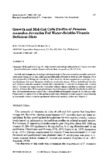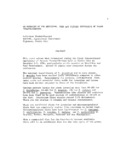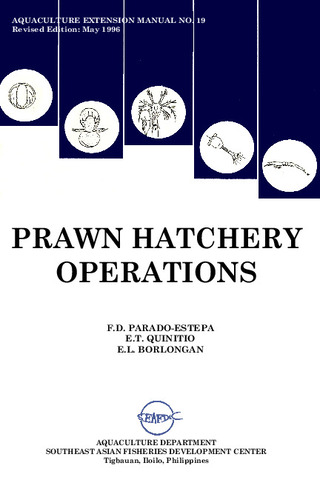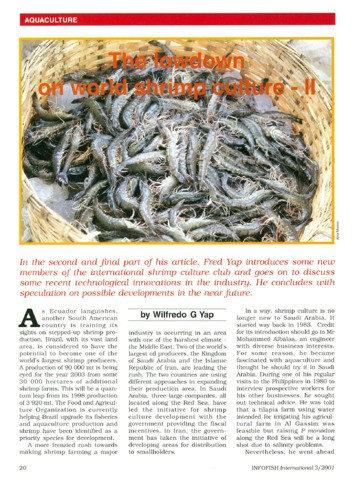Growth and mid-gut cells profile of Penaeus monodon juveniles fed water-soluble-vitamin deficient diets
Share
Abstract
Growth and changes in the mid-gut cell morphology of Penaeus monodon juveniles were evaluated after feeding for 35 days with semi-purified diets deficient in water-soluble vitamins. Diets were prepared by deleting one vitamin at a time from the vitamin supplement consisting of cyanocobalamine, folic acid, thiamine, riboflavin, pyridoxine, niacin, choline, inositol and ascorbic acid. Controls were the complete vitamin diet (control diet 1) and the no vitamin diet (control diet 2). Growth rate was poorest for treatment without vitamin supplement and the inositol and choline-deficient diets. Enhanced growth was observed in prawns fed with the riboflavin-deficient diet. All treatments except control diet 1 showed histopathological changes in the mid-gut cells. Detachment or destruction of the epithelial cells were observed in most cases but more severely in treatments without vitamin supplement followed by inositol, choline and vitamin C.
Suggested Citation
Catacutan, M. R., & de la Cruz, M. (1989). Growth and mid-gut cells profile of Penaeus monodon juveniles fed water-soluble-vitamin deficient diets. Aquaculture , 81(2), 137-144. https://doi.org/10.1016/0044-8486(89)90239-1
Subject
Taxonomic term
Collections
- AQD Journal Articles [1249]
Related items
Showing items related by title, author, creator and subject.
-
An overview of the nutrition, feed and feeding techniques of prawn penaeid/shrimps
Piedad-Pascual, Felicitas (Philippine Council for Aquatic and Marine Research and Development, 1989)This paper echoes what transpired during the first International Conference of Penaeid Prawns/Shrimps held in Iloilo City in December 4-7, 1984, particularly on the Nutrition nd Feed Development. Around 25 papers were ... -
Prawn hatchery operations
Parado-Estepa, Fe D.; Quinitio, Emilia T.; Borlongan, Emeterio L. (Aquaculture Department, Southeast Asian Fisheries Development Center, 1996-05)The manual, an updated version of the 1984 SEAFDEC/AQD manual, presents the underlying principles and step-by-step instructions of prawn larval and post-larval rearing. The techniques described are not only applicable to ... -
The lowdown on world shrimp culture - II
Yap, Wilfredo G. (INFOFISH, 2001)This paper introduces some new members of the international shrimp culture club and goes on to discuss some recent technological innovations in the industry, particularly the polyculture of tilapia (mainly Oreochromis ...




